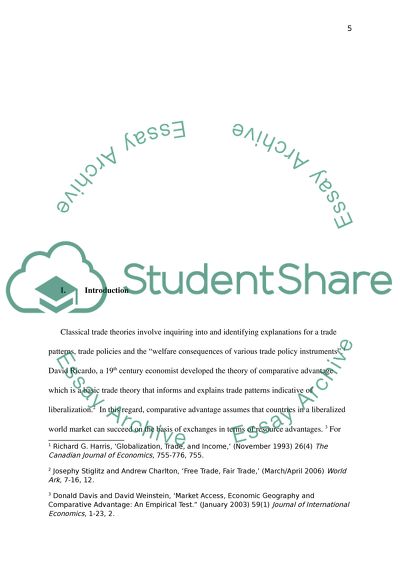Cite this document
(“US foreign trade policy in the Middle East: a comparative analysis Dissertation”, n.d.)
Retrieved from https://studentshare.org/law/1394229-us-foreign-trade-policy-in-the-middle-east-a-comparative-analysis-between-egypt-jordan-and-saudi-arabia
Retrieved from https://studentshare.org/law/1394229-us-foreign-trade-policy-in-the-middle-east-a-comparative-analysis-between-egypt-jordan-and-saudi-arabia
(US Foreign Trade Policy in the Middle East: A Comparative Analysis Dissertation)
https://studentshare.org/law/1394229-us-foreign-trade-policy-in-the-middle-east-a-comparative-analysis-between-egypt-jordan-and-saudi-arabia.
https://studentshare.org/law/1394229-us-foreign-trade-policy-in-the-middle-east-a-comparative-analysis-between-egypt-jordan-and-saudi-arabia.
“US Foreign Trade Policy in the Middle East: A Comparative Analysis Dissertation”, n.d. https://studentshare.org/law/1394229-us-foreign-trade-policy-in-the-middle-east-a-comparative-analysis-between-egypt-jordan-and-saudi-arabia.


